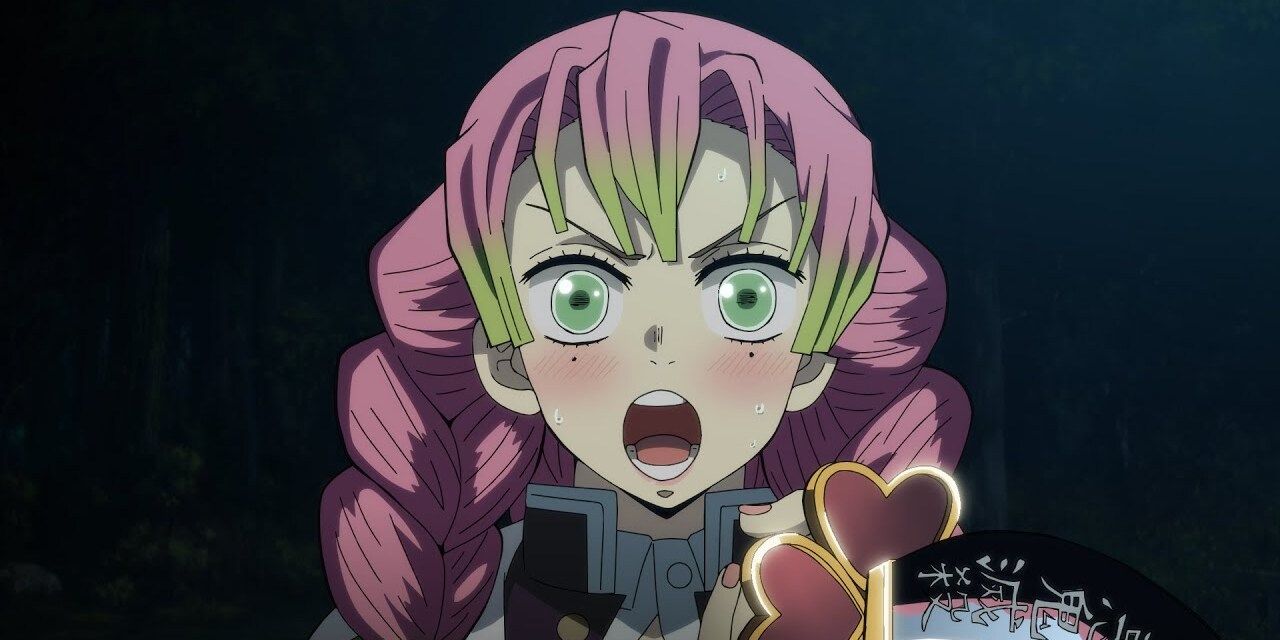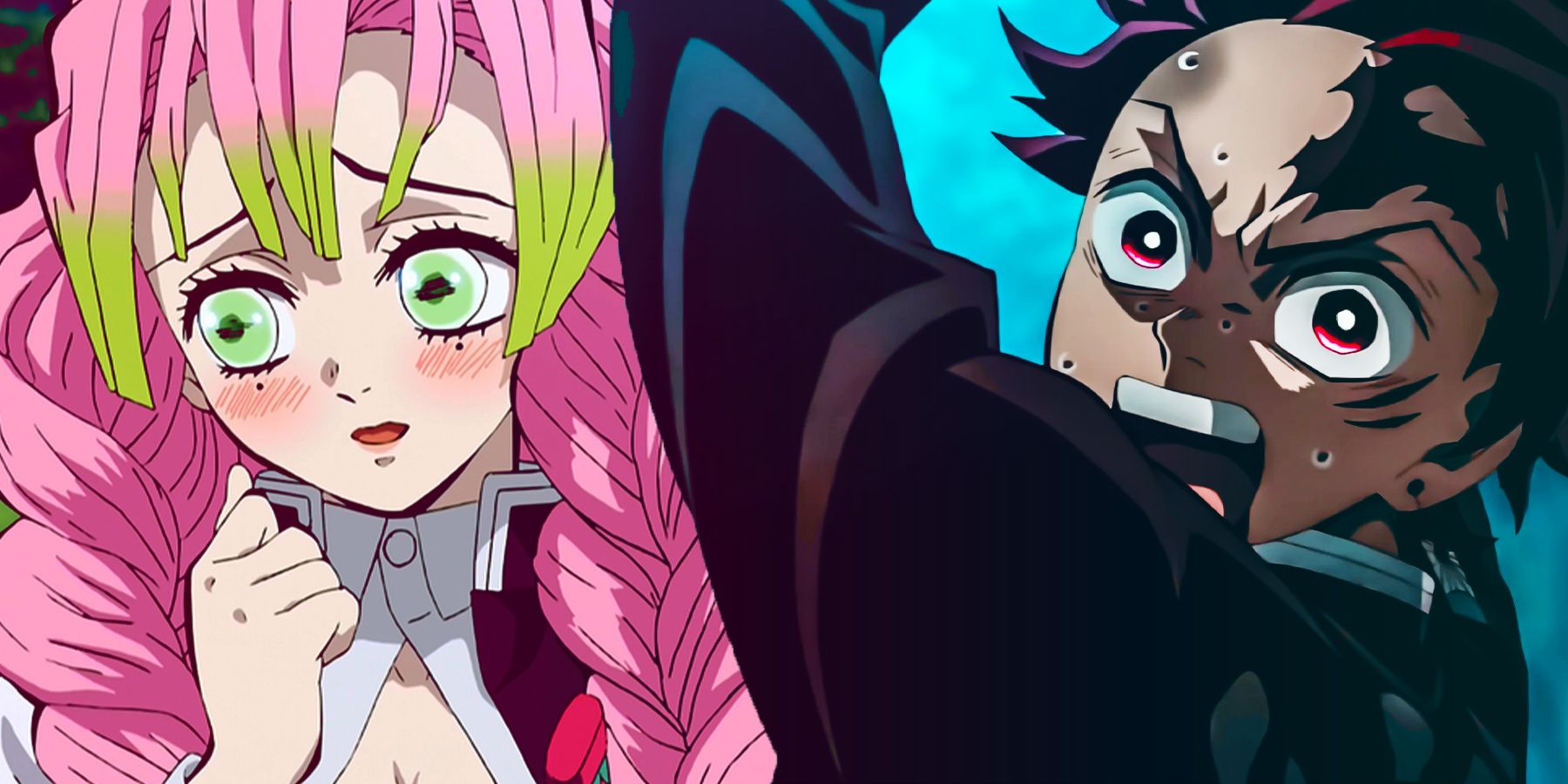
The following contains spoilers for Demon Slayer: To the Swordsmith Village, now showing in select movie theaters.
The new Demon Slayer movie serves as a bridge between the anime's previous "Entertainment District" arc and the brand-new "Swordsmith Village" arc. While the mega-hit Mugen Train film was a fine continuation from Season 1 and helped fans prepare for a new era of Demon Slayer, its successor -- To the Swordsmith Village -- is quite different, and not for the better.
Mugen Train was a solid experience that flowed smoothly as a feature-length anime movie and told a whole story with a beginning, middle and end. By contrast, the new Swordsmith Village movie was just two anime episodes put together, credits and all, with one new episode from the next season added. It's an experimental new formula that failed miserably.
The Demon Slayer: Swordsmith Village Movie's Failed Formula
Anime movies tend to tell stories a little differently than individual episodes and overall seasons. Like any other movie, they include tie-ins and have a beginning, middle and end. It's not even accurate to call them supersized anime episodes; a TV show episode is just a fragment, often beginning where another episode left off or having a cliffhanger before the next one airs. Self-contained episodes might tell a full story -- anthology shows or "monster of the week" tales, for example -- but that's an exception.
Demon Slayer: Swordsmith Village experimented with the anime movie formula and failed. Not only was it evidently a scam to pay to re-watch older episodes, but putting them into a movie isn't a good idea. Even if Swordsmith Village was entirely new material and was made up of the next arc's first three or four episodes, it still wouldn't have worked. The movie would have had a proper beginning in starting with the premiere episode, but the middle and end would suffer.
Anime tie-in or not, a movie cannot be the first chunk of a bigger storyline since there won't be a solid conclusion. If Demon Slayer had done that for the "Entertainment District" arc and put its first four episodes together in one film, the viewing experience would end with Tanjiro just beginning to fight Daki for real. The arc was a bit too long to become a movie, but adapting just part of it doesn't work either. By combining the "Entertainment District" arc's last two episodes with the "Swordsmith Village" arc's premiere, the movie started with a climax and ended with build-up, which is completely backwards.
The Swordsmith Village movie tried to bridge two anime seasons by jamming three episodes together, contradicting even the most fundamental principles of film theory. It didn't even have a real ending -- it just stopped, nothing was resolved and there was no payoff. That compares terribly to Mugen Train, which had serious payoff with Enmu's defeat, Akaza's retreat and the mournful but hopeful end of Kyojuro Rengoku's life.
Demon Slayer Didn't Need a Second Movie
Demon Slayer: Swordsmith Village's cold reception suggests more than fans' general dislike. Statistics tell part of the story: as of writing, Mugen Train having a 98% score on Rotten Tomatoes while Swordsmith Village is at 68%. The latter's lower score may be a moot point, however, if fans decide to not watch it anymore and avoid it as a perceived scam. Saddest of all, the Swordsmith Village movie probably didn't need to exist at all.
Even the most popular and successful anime series don't always need a tie-in movie. Some anime films can and do deepen the original franchise's lore, but others seem to exist just because they can -- and some franchises have a mix of both types. It's usually clear to fans when a movie is just a cash grab rather than an essential part of the lore, and Swordsmith Village is hardly even a cash grab -- it's barely anything at all.
Mugen Train was an integral part of Demon Slayer lore, neatly bridging the two anime seasons and then appearing again in Season 2. Making tie-in films for their own sake rarely ends well, and borderline scam movies like Swordsmith Village -- which added nothing new -- are even worse. Frankly, this movie didn't need to be made at all; fans could have waited one more month for the actual Season 3 to begin. Just because there was one smash-hit doesn't mean Demon Slayer movies are a golden goose, and it's clear that Mugen Train was a one-of-a-kind anime film experience.



Post a Comment